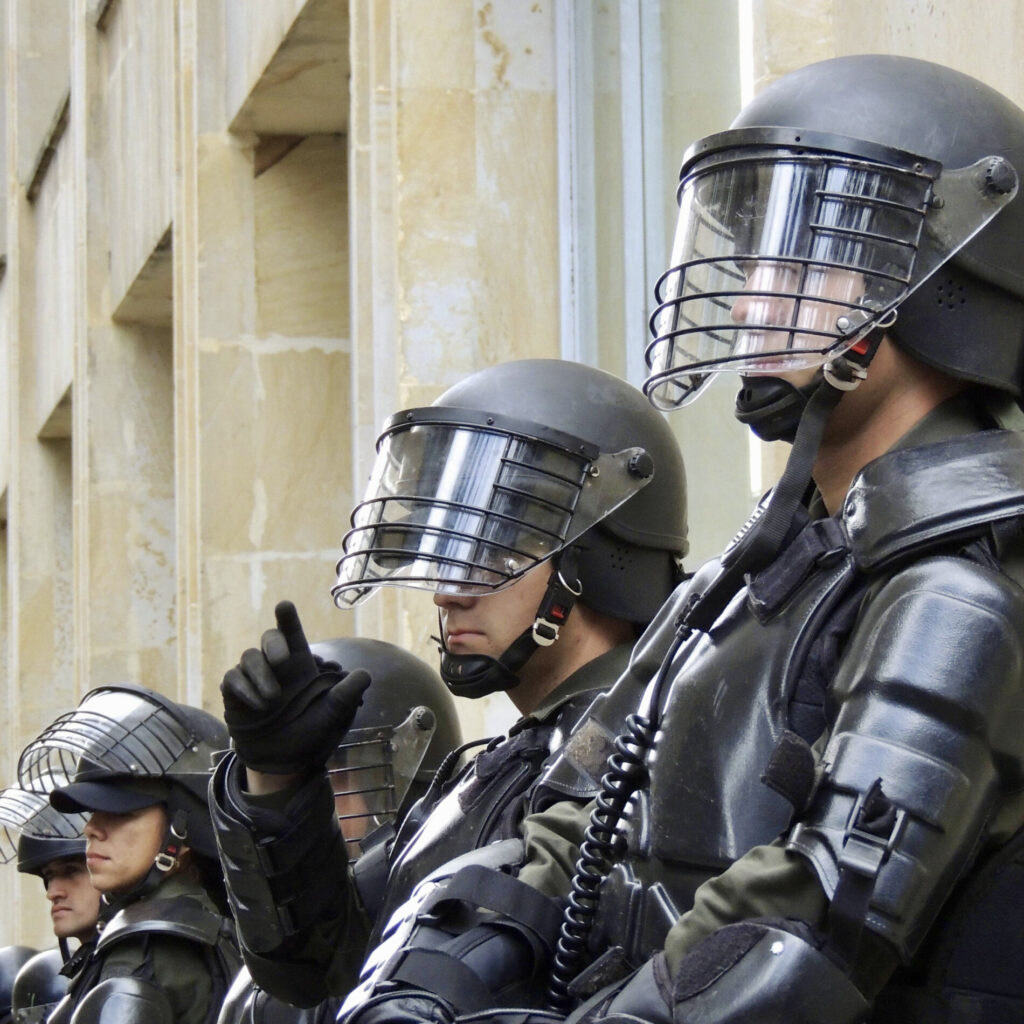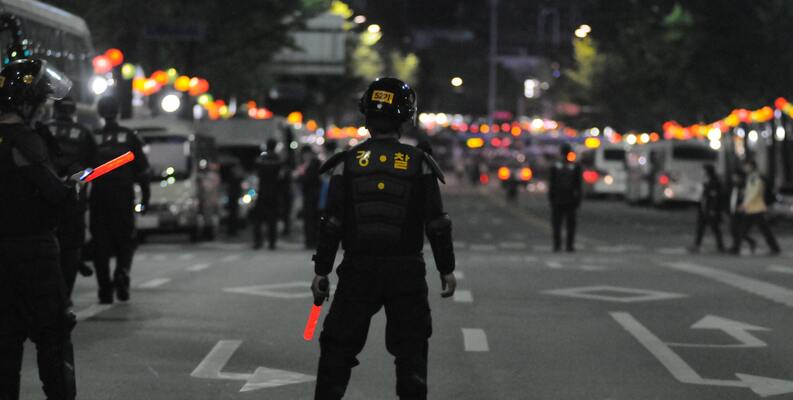
Has any American crisis ever been free from political posturing? Watching Donald Trump and GavinNewsom square off over the Los Angeles riot response feels like witnessing two boxers circling eachother in the ring—except the stakes involve actual neighborhoods in flames.The former president lambasted California’s governor for “weak leadership” while Newsom fired back,calling Trump’s criticism “dangerously irresponsible” amid ongoing unrest in LA County. This high-profilefeud over riot response strategies has quickly become the political lightning rod of the summer.Citizens caught in the crossfire don’t care about Twitter battles. They care about safety, leadership, andwhen they can return to normal life.But here’s what neither politician is telling you about how riot response decisions really get made behindclosed doors…
The Los Angeles Riots: Understanding the Timeline

A. Initial Causes and Triggers of UnrestThe 2025 Los Angeles riots didn’t happen overnight. They stemmed from a perfect storm of economichardship, racial tensions, and a controversial police incident on May 28, 2025. After officers werecaptured on video using excessive force against an unarmed Black teenager in South Los Angeles,community outrage erupted immediately.Social media amplified the incident exponentially. Within hours, the footage had been viewed millions oftimes, sparking the initial gatherings at the incident location. These protests remained peaceful forapproximately 12 hours before reports of vandalism began emerging.Adding fuel to the fire was the city’s 22% unemployment rate among communities of color and recentcuts to social services. Many residents were already struggling with housing insecurity after a series ofrent hikes pushed thousands to the brink of homelessness.B. Escalation Points and Critical IncidentsDay two marked the first major escalation when police attempted to disperse crowds using tear gas inLeimert Park. This tactical decision backfired dramatically, drawing more protesters to the scene andspreading tensions to neighboring areas.
The situation intensified on May 30th when three key incidents occurred:1. A police precinct in Watts was surrounded by protesters2. Several large retail locations were looted along Crenshaw Boulevard3. Fires were set at multiple locations including a government buildingLaw enforcement struggled with their response strategy, creating a perceived vacuum of authority thatlasted nearly 18 hours in some neighborhoods.C. Geographic Spread Across Los AngelesUnlike previous unrest in LA, the 2025 riots showed a different geographic pattern. Initial hotspotsformed in South LA, but quickly expanded to:Downtown (financial district)Hollywood commercial corridorsParts of the San Fernando ValleyEast LA neighborhoodsThis widespread distribution challenged emergency response capabilities, with authorities unable tocontain multiple simultaneous situations. The riots followed transit lines in many cases, with Metrostations becoming gathering points for protesters.Some neighborhoods organized community protection groups that established boundaries to preventdamage to local businesses, creating “safe zones” amid the chaos. Technology played a crucial role asprotesters used encrypted messaging apps to coordinate movements and a
